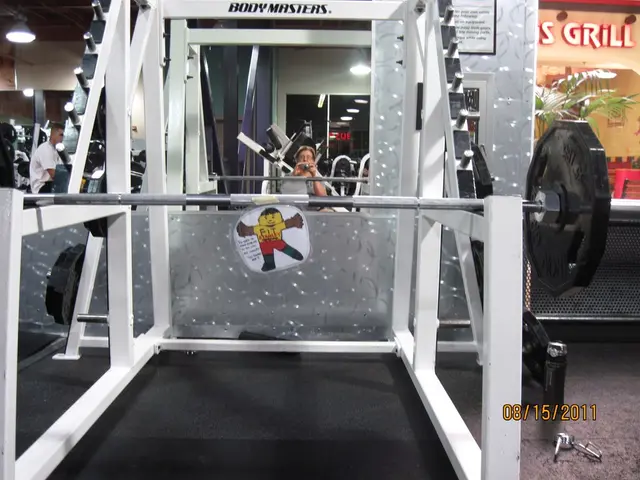Thorough Insights into Breast Enhancement Procedures
Breast augmentation is a popular cosmetic procedure that enhances the size and shape of a woman's breasts. The process involves two main phases: implant placement and fat transfer. This article provides an in-depth look at the key steps involved in this transformative surgery.
Preoperative Planning
During the initial consultation, the surgeon evaluates the patient's anatomy, aesthetic goals, and available donor fat. The implant size and type (saline or silicone) are chosen based on the desired volume and feel. The amount of fat to be transferred is estimated to complement the implant size and enhance the shape naturally [1][2].
Anesthesia
The surgery is typically performed under general anesthesia, often using total intravenous anesthesia (TIVA), allowing the procedure to be done as a day case [2].
Fat Harvesting (Liposuction)
Small incisions are made in donor areas such as the abdomen or thighs. Power-assisted liposuction is used to carefully extract fat cells with minimal trauma [2][4]. The collected fat is then purified and processed to prepare it for injection [2].
Implant Placement
An inframammary incision (in the crease under the breast) is commonly made to access the breast tissue. A pocket is created either above or below the chest muscle. Implants are inserted using a sterile, no-touch technique with a funnel device. The implant type and size are matched with the amount of fat transfer planned to achieve the optimal final breast size and contour [2][3].
Fat Injection (Fat Grafting)
Using specialized cannulas, the purified fat is injected into the breast tissue around the implant and in areas such as the cleavage zone to improve shape and provide a natural contour [2][4]. This layered injection helps ensure fat survival and natural-looking results.
Closure and Recovery
The surgeon closes incisions with dissolvable sutures to minimize scarring. Postoperative care focuses on minimizing swelling, bruising, and ensuring fat graft survival [2]. Scarring from the inframammary incision is typically hidden in the breast crease but may be somewhat visible depending on individual healing [3].
This hybrid approach combines the significant volume enhancement of implants with the shape improvement and natural feel provided by fat grafting, making it suitable for patients seeking subtle contouring alongside size increase [1][2].
The entire procedure usually takes about 2 to 3 hours, with recovery involving short-term discomfort and swelling before gradual settling of the final breast shape [2].
Key Facts About Breast Augmentation
- Dr Rajat Gupta, a board-certified plastic surgeon, is well-versed in MicroAire and VASER technologies and conducts training classes regarding their usage.
- Breast augmentation can be done through fat grafting or implants.
- Placing breast implants is crucial as it determines the final result.
- Implants are the most common method of breast enhancement, with silicone gel implants being the most popular.
- Fat grafting involves combining breast augmentation with a liposuction procedure using advanced technologies like MicroAire and VASER.
- Breast augmentation is not linked to breast cancer.
- Before undergoing breast augmentation, it is important to consider factors such as cost, the surgeon's expertise, the center's infrastructure, and the technique used.
- Capsular contracture, a common complication of breast augmentation, has been significantly reduced with modern techniques.
- Dr Rajat Gupta, with over a decade of experience in breast augmentation procedures, emphasizes the importance of expert plastic surgeons using 10 steps to prevent capsular contracture.
For more information about breast augmentation and to book an appointment with Dr Rajat Gupta, contact him at 91-9251711711 or email contact@his website.
- The choice between saline and silicone implants in breast augmentation is based on the desired volume and feel, with the process involving two main phases: implant placement and fat transfer.
- Small incisions are made in donor areas such as the abdomen or thighs, and power-assisted liposuction is used to carefully extract fat cells for transfer to the breast tissue.
- Reviews and expert opinions suggest that Dr Rajat Gupta, a board-certified plastic surgeon, skillfully uses MicroAire and VASER technologies for breast augmentation procedures, combining them with fat grafting for more natural results.
- The entire breast augmentation procedure, which includes fat harvesting (liposuction), implant placement, and fat injection (fat grafting), typically takes about 2 to 3 hours.
- The hybrid approach of breast augmentation, which involves implant placement and fat grafting, provides subtle contouring alongside size increase, making it a suitable choice for many women seeking health-and-wellness and women's health improvements through cosmetic plastic surgery.




